Do you have a question about the Hitachi SJ100 and is the answer not in the manual?
Details precautions for working with high voltage components and electrical shock prevention.
Provides essential safety warnings and precautions for installation, adjustment, and servicing of the inverter.
Highlights critical safety instructions regarding electrical shock and handling of energized equipment.
Provides a sequential guide for installing the inverter, covering location, wiring, and testing.
Highlights important warnings and cautions that must be studied before proceeding with inverter wiring.
Guides through the initial powerup test procedure to verify installation and basic operation.
Covers parameters for setting basic speed profiles, including output frequency, acceleration, and deceleration.
Details parameters for configuring DC braking to improve stopping torque and deceleration.
Details the configuration of intelligent input and output terminals for flexible control.
Covers parameters for configuring motor characteristics, including auto-tuning.
Lists critical caution messages related to operating the inverter safely.
Details essential warning messages for safe operation of the inverter and connected equipment.
Details the configuration and functions of the inverter's programmable intelligent input terminals.
Explains the configuration and functions of the inverter's programmable intelligent output terminals.
Guides through the auto-tuning procedure to optimize motor parameters for sensorless vector control.
Explains how to configure and use the built-in PID loop for process control applications.
Provides safety messages and general precautions for troubleshooting inverter and motor systems.
Lists common symptoms, probable causes, and solutions for inverter and motor operational issues.
Explains how to monitor trip events, history, and conditions, including error codes and their causes.
Details precautions for working with high voltage components and electrical shock prevention.
Provides essential safety warnings and precautions for installation, adjustment, and servicing of the inverter.
Highlights critical safety instructions regarding electrical shock and handling of energized equipment.
Provides a sequential guide for installing the inverter, covering location, wiring, and testing.
Highlights important warnings and cautions that must be studied before proceeding with inverter wiring.
Guides through the initial powerup test procedure to verify installation and basic operation.
Covers parameters for setting basic speed profiles, including output frequency, acceleration, and deceleration.
Details parameters for configuring DC braking to improve stopping torque and deceleration.
Details the configuration of intelligent input and output terminals for flexible control.
Covers parameters for configuring motor characteristics, including auto-tuning.
Lists critical caution messages related to operating the inverter safely.
Details essential warning messages for safe operation of the inverter and connected equipment.
Details the configuration and functions of the inverter's programmable intelligent input terminals.
Explains the configuration and functions of the inverter's programmable intelligent output terminals.
Guides through the auto-tuning procedure to optimize motor parameters for sensorless vector control.
Explains how to configure and use the built-in PID loop for process control applications.
Provides safety messages and general precautions for troubleshooting inverter and motor systems.
Lists common symptoms, probable causes, and solutions for inverter and motor operational issues.
Explains how to monitor trip events, history, and conditions, including error codes and their causes.
| Series | SJ100 |
|---|---|
| Power Range | 0.4 - 220 kW |
| Output Frequency | 0.5-400Hz |
| Overload Capacity | 150% for 60 seconds |
| Protection | Overcurrent, Overvoltage, Undervoltage, Overheating, Short Circuit |
| Horsepower Range | 0.5-300HP |
| Communication | Modbus |
| Cooling Method | Fan-cooled |
| Communication Interface | RS485 |
| Operating Temperature | -10°C to +50°C |
| Storage Temperature | -20 to +60°C (-4 to 140°F) |
| Humidity | 5 to 95% RH (non-condensing) |
| Altitude | Up to 1000m |
| Output Voltage | 3-Phase 0-480VAC (matching input voltage) |
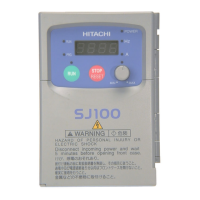
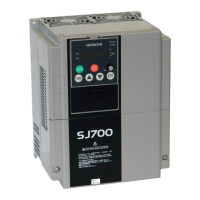
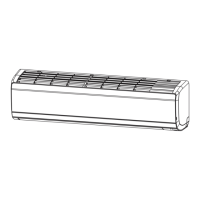
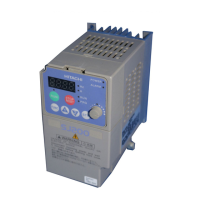


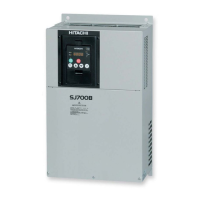
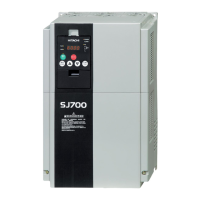




